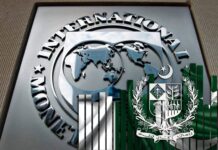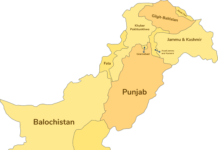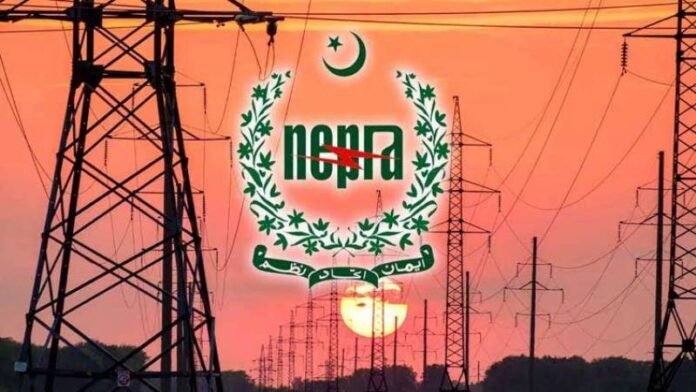The National Electric Power Regulatory Authority (Nepra) on Tuesday expressed concern over the Power Division’s decision to finalise a three-year incremental electricity consumption package — priced at Rs22.98 per kilowatt-hour (kWh) — without consulting the industrial sector.
According to reports, during a public hearing, Nepra members questioned why industry stakeholders were not taken on board before the plan’s approval by the federal cabinet. The package, based on an assumed 25 percent growth in overall power consumption, has been criticised by business groups as “non-consultative” and “distortionary.”
The Power Division’s team, led by Additional Secretary Mehfooz Bhatti and officials Naveed Qaiser and Abid Lodhi, defended the plan, saying it would be subsidy-neutral and would apply to both distribution companies (Discos) and K-Electric consumers.
Officials said the package would exclude negative fuel cost adjustments (FCAs) but include positive ones, with semi-annual reviews to ensure revenue alignment.
However, representatives from the All Pakistan Textile Mills Association (APTMA), Federation of Pakistan Chambers of Commerce and Industry (FPCCI), and Karachi Chamber of Commerce and Industry (KCCI) rejected the proposal, arguing that it failed to address industry-specific concerns and relied on outdated data. Even K-Electric raised objections despite being cited by the Power Division as part of consultations.
Member (Technical) Rafique Ahmad Shaikh questioned whether “a middle ground” could have been reached had the Power Division consulted the private sector earlier. “If Nepra proposes changes, the Power Division will need fresh cabinet approval, delaying the process. Wouldn’t it be better to engage with industry now and bring a revised package?” he asked.
Responding, Bhatti said the government understood the challenges industries faced from high tariffs but had to balance fiscal space and grid stability. “It was the industry that demanded a three-year package, and we worked within our constraints,” he said. “We cannot design packages for different sectors on an individual basis.”
The proposed tariff plan aims to stimulate industrial and agricultural demand while maintaining fiscal neutrality but has drawn broad criticism from trade and manufacturing groups who say the current structure risks discouraging growth rather than promoting it.
























